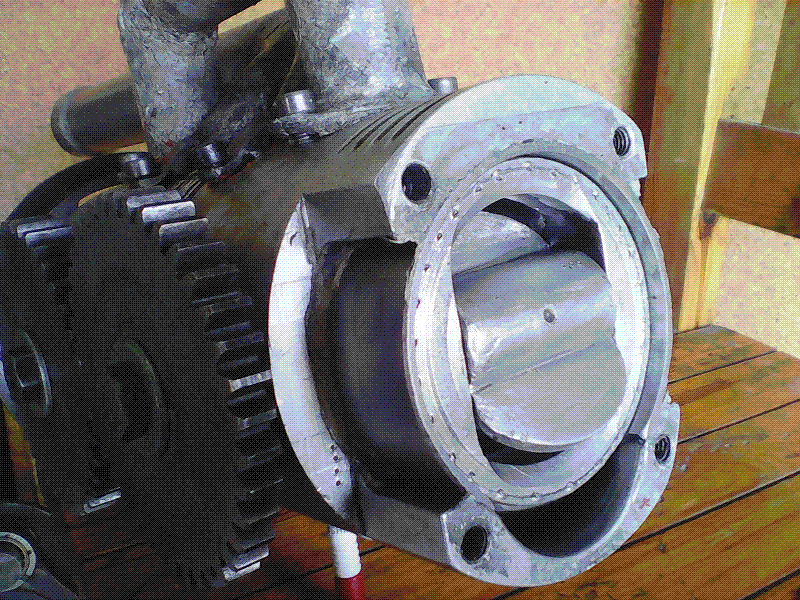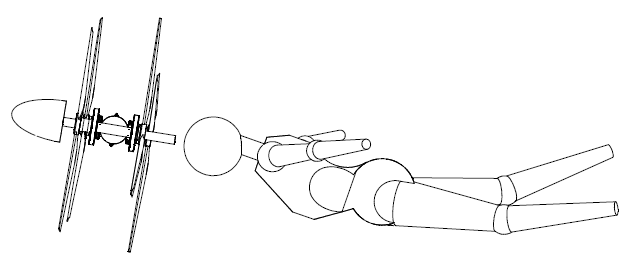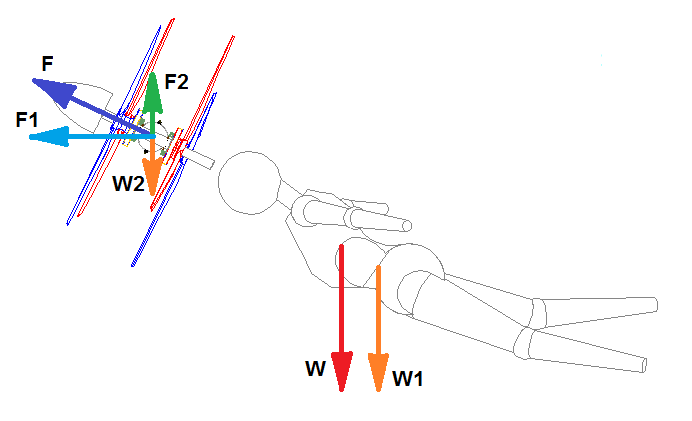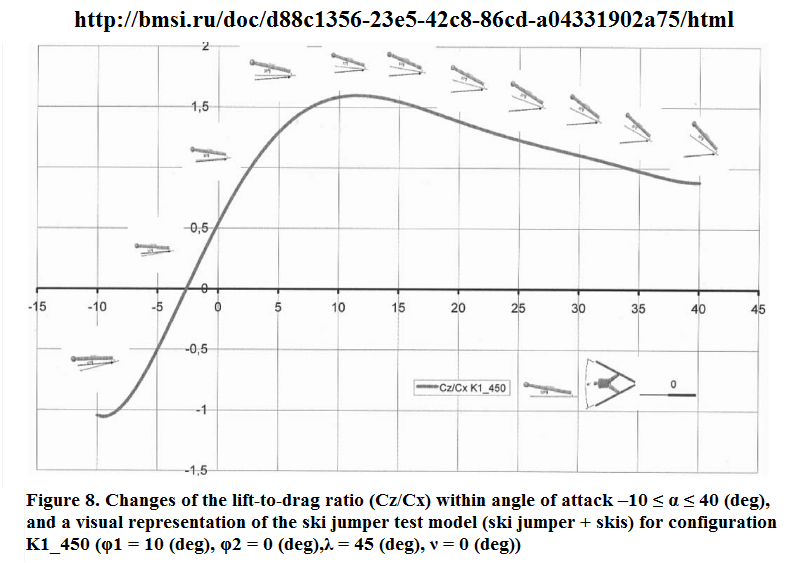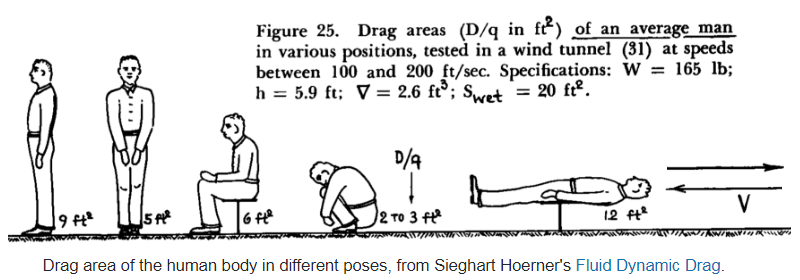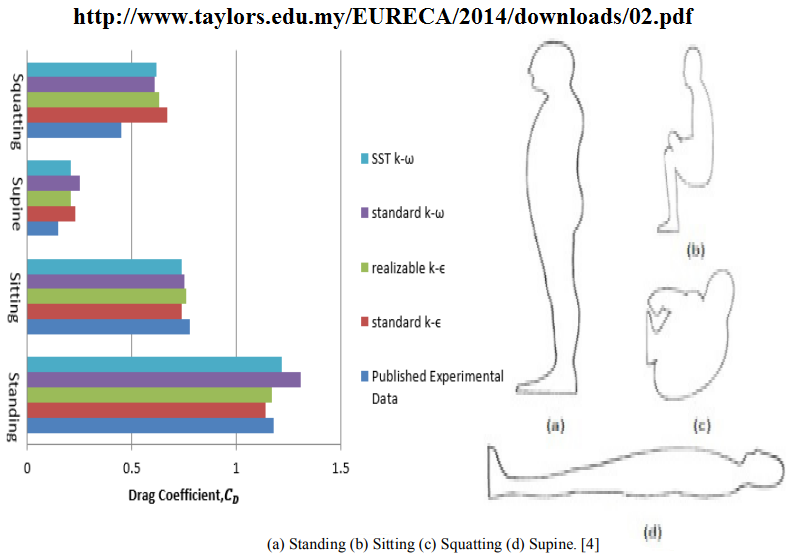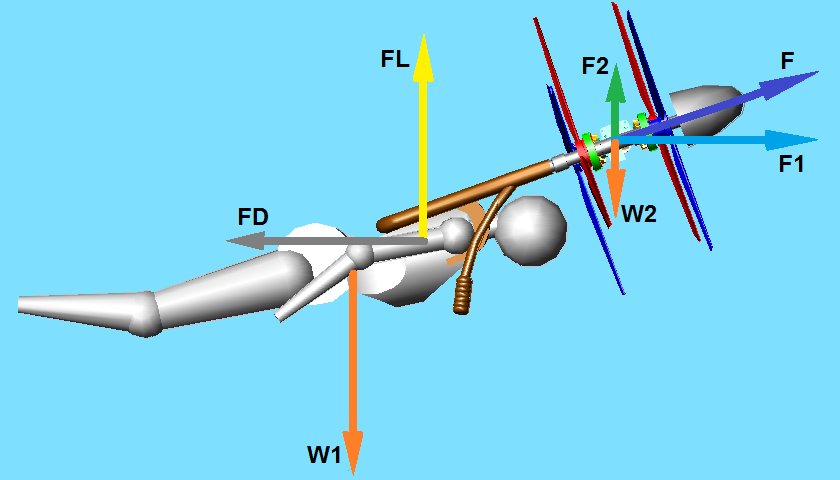Sat Aug 04, 2018 10:49 am
#1628855
Hello all.
From the Flyer (June 25 2018) : "UK team among ten Boeing GoFly Prize winners".
On Ausust 1, 2018 GoFly / Herox / BOEING (the big sponsor) deleted the Forum wherein the contestants of the GoFly / BOEING contest presented their opinions and their complaints.
GoFly’s / BOEING’s best response to contestants’ questions, was to shut down the annoying forum . . .
Each one of the contestants has paid 250 or 500 USD to GoFly / BOEING.
In return, all they took from GoFly / BOEING is the list with the ten winners.
No scoring, neither ranking, neither justification from the "97 judges"; just the ten winners alphabetically.
Take a look at http://www.pattakon.com/GoFly/index.html wherein some of the Open Forum Discussions have been “partially” saved and presented:
IS BOEING TRAPPED? : http://www.pattakon.com/GoFly/IS_BOEING_TRAPPED.html
20 minutes OR 20 miles? - Page 1 : http://www.pattakon.com/GoFly/20_minute ... miles.html
20 minutes OR 20 miles? - Page 2 : http://www.pattakon.com/GoFly/20_minute ... age_2.html
20 minutes OR 20 miles? - Page 3 : http://www.pattakon.com/GoFly/20_minute ... age_3.html
Note: the “20 minutes OR 20 miles” thread had in total 11 pages.
Design Discussion - Page 3 : http://www.pattakon.com/GoFly/Design_di ... 3Page.html
Design Discussion - Page 4 : http://www.pattakon.com/GoFly/Design_di ... Page4.html
Design Discussion - Page 5 : http://www.pattakon.com/GoFly/Design_di ... age_5.html
Debating Results of Phase I : http://www.pattakon.com/GoFly/Debating_ ... ase_I.html
The above discussions are indicative and show the appreciation, the trust and the confidence of the contestants for the GoFly / Herox / BOEING contest.
When you have time to spend, read the http://www.pattakon.com/GoFly/Posts_to_GoFly_Forum.htm and give your comments / questions.
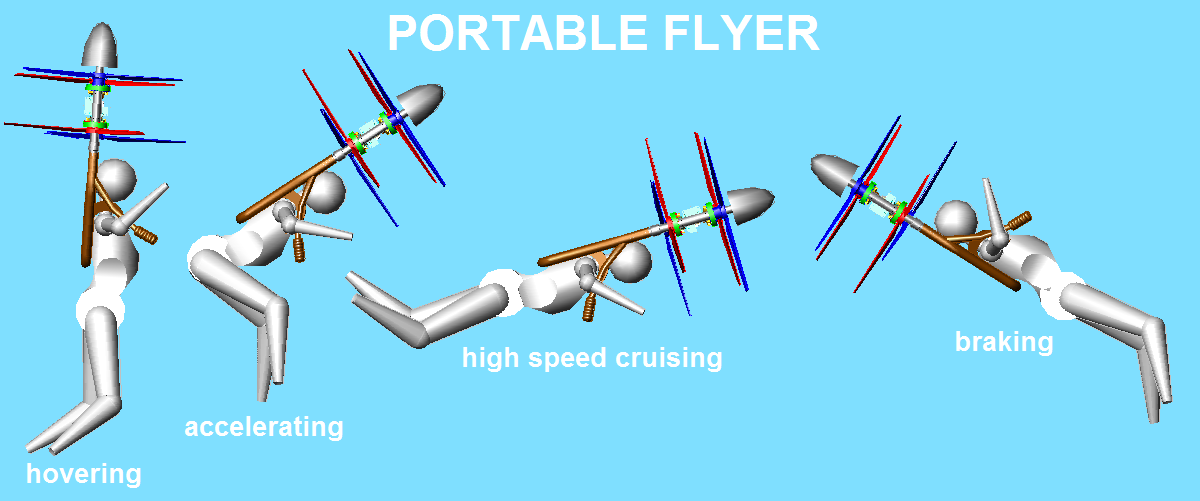
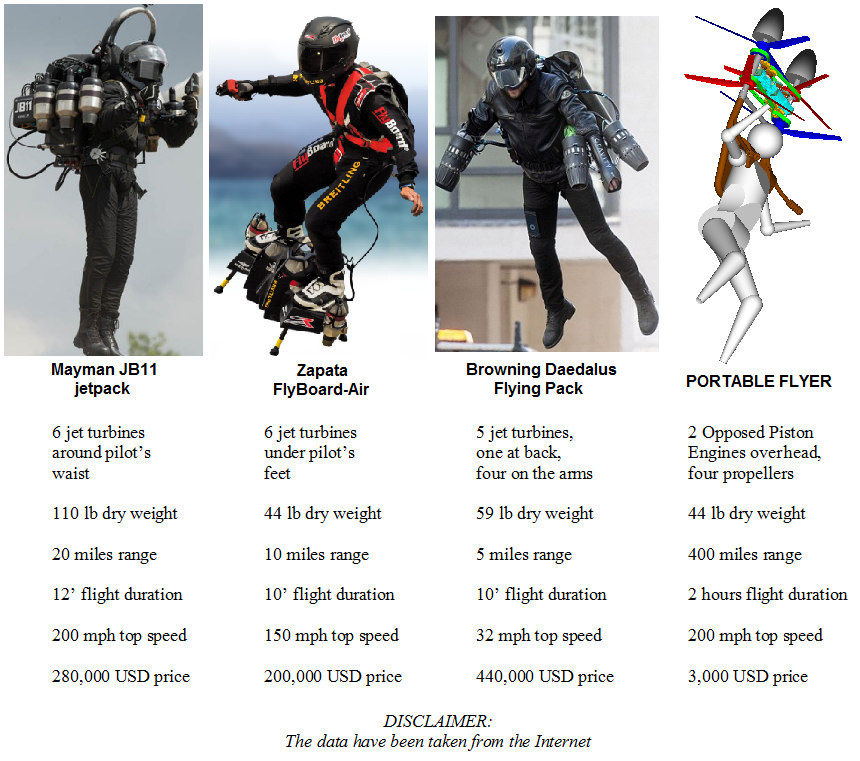
Thanks
Manolis Pattakos
From the Flyer (June 25 2018) : "UK team among ten Boeing GoFly Prize winners".
On Ausust 1, 2018 GoFly / Herox / BOEING (the big sponsor) deleted the Forum wherein the contestants of the GoFly / BOEING contest presented their opinions and their complaints.
GoFly’s / BOEING’s best response to contestants’ questions, was to shut down the annoying forum . . .
Each one of the contestants has paid 250 or 500 USD to GoFly / BOEING.
In return, all they took from GoFly / BOEING is the list with the ten winners.
No scoring, neither ranking, neither justification from the "97 judges"; just the ten winners alphabetically.
Take a look at http://www.pattakon.com/GoFly/index.html wherein some of the Open Forum Discussions have been “partially” saved and presented:
IS BOEING TRAPPED? : http://www.pattakon.com/GoFly/IS_BOEING_TRAPPED.html
20 minutes OR 20 miles? - Page 1 : http://www.pattakon.com/GoFly/20_minute ... miles.html
20 minutes OR 20 miles? - Page 2 : http://www.pattakon.com/GoFly/20_minute ... age_2.html
20 minutes OR 20 miles? - Page 3 : http://www.pattakon.com/GoFly/20_minute ... age_3.html
Note: the “20 minutes OR 20 miles” thread had in total 11 pages.
Design Discussion - Page 3 : http://www.pattakon.com/GoFly/Design_di ... 3Page.html
Design Discussion - Page 4 : http://www.pattakon.com/GoFly/Design_di ... Page4.html
Design Discussion - Page 5 : http://www.pattakon.com/GoFly/Design_di ... age_5.html
Debating Results of Phase I : http://www.pattakon.com/GoFly/Debating_ ... ase_I.html
The above discussions are indicative and show the appreciation, the trust and the confidence of the contestants for the GoFly / Herox / BOEING contest.
When you have time to spend, read the http://www.pattakon.com/GoFly/Posts_to_GoFly_Forum.htm and give your comments / questions.


Thanks
Manolis Pattakos
 FLYER Club Member
FLYER Club Member

